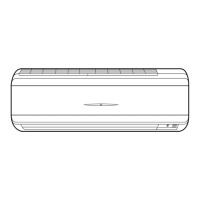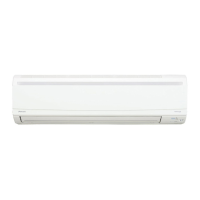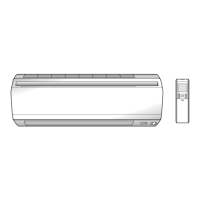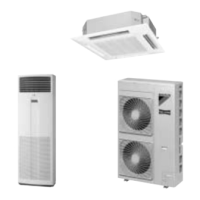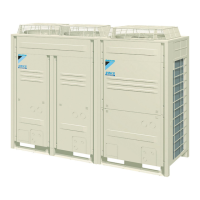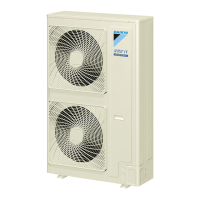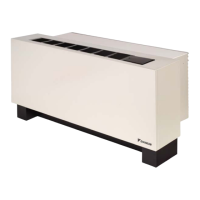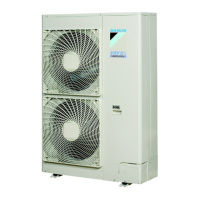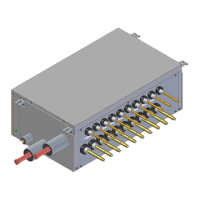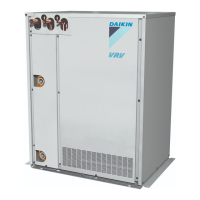What to do if my Daikin Air Conditioner operation stops suddenly and the OPERATION lamp flashes?
- CCarolyn MorenoAug 22, 2025
If your Daikin Air Conditioner stops suddenly and the OPERATION lamp flashes, it could be due to dirty air filters or obstructions blocking the air inlet or outlet of the indoor and outdoor units. To resolve this, turn off the electrical breaker, clean the air filters, and remove any obstacles. Then, turn the breaker back on and try operating the air conditioner with the remote controller. If the lamp continues to blink, it is recommended to contact your authorized Daikin dealer.
